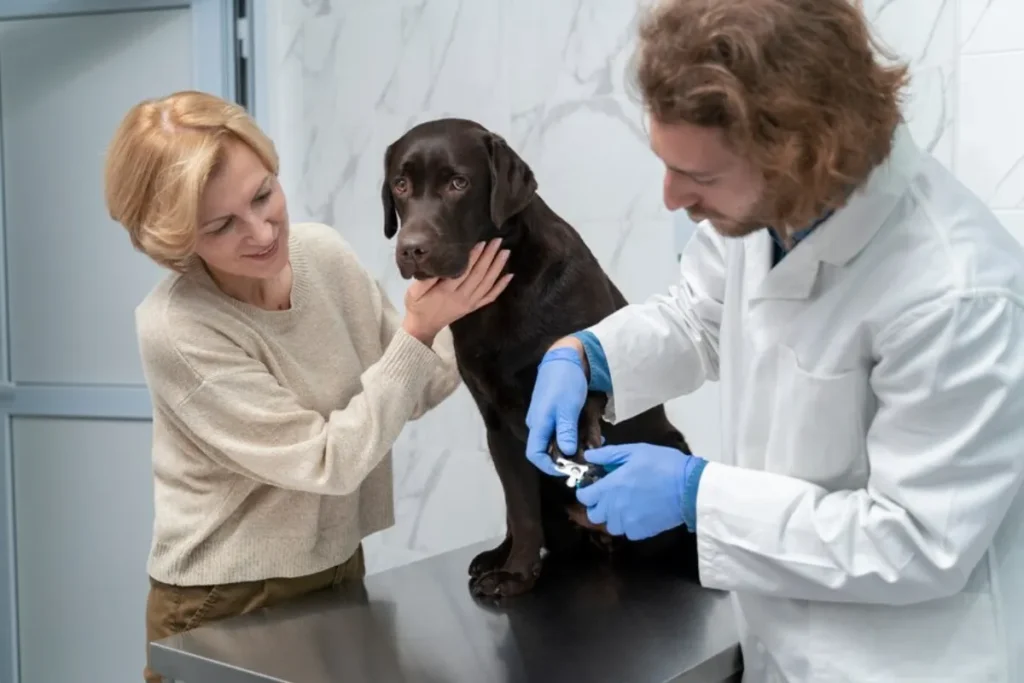In recent years, a new and deadly pathogen has been making headlines and raising alarm within both veterinary and medical communities.
Known colloquially as “Strep Zoo,” this illness is caused by the bacterium Streptococcus equi subspecies zooepidemicus (often abbreviated as S. zooepidemicus).
Although it primarily infects animals, particularly horses, there has been a worrying rise in cases of transmission to humans, resulting in severe illness and even fatalities.
This article explores the origins, symptoms, transmission, and current responses to the spread of this dangerous pathogen.
Origins and History
Historical Background
Streptococcus equi subspecies zooepidemicus is a bacterium that has long been associated with respiratory diseases in horses.
It is a commensal organism in horses, meaning it can live in the respiratory tract of horses without causing disease.
However, under certain conditions, it can become pathogenic, leading to infections such as pneumonia, abscesses, and septicemia.
Historically, S. zooepidemicus has been known to cause sporadic outbreaks among horses, particularly in crowded conditions such as stables and racetracks.
The bacterium is highly contagious among equines and can spread rapidly through direct contact, shared equipment, and contaminated environments.
Emergence as a Zoonotic Pathogen

While S. zooepidemicus is primarily an equine pathogen, its zoonotic potential has become increasingly evident.
Zoonotic diseases are those that can be transmitted from animals to humans, and S. zooepidemicus has demonstrated this capacity in several documented cases.
Human infections are rare but can be severe, often resulting in conditions such as septicemia, meningitis, and necrotizing fasciitis.
Symptoms and Clinical Manifestations
In Animals
In horses, S. zooepidemicus can cause a range of symptoms depending on the site of infection. Common signs include:
Respiratory Distress: Coughing, nasal discharge, and labored breathing.
Fever: Elevated body temperature.
Lethargy: General weakness and lack of energy.
Abscesses: Swollen, painful areas often filled with pus.
Lameness: Difficulty in movement due to joint infections.
In Humans
Human infections with S. zooepidemicus are less common but can be particularly severe. Symptoms may include:
Fever and Chills: Indicative of systemic infection.
Severe Pain and Swelling: Often associated with soft tissue infections like cellulitis or necrotizing fasciitis.
Sepsis: A life-threatening response to infection, leading to organ dysfunction.
Meningitis: Inflammation of the membranes surrounding the brain and spinal cord, leading to headache, neck stiffness, and altered mental status.
The severity of the disease in humans often necessitates prompt medical attention and aggressive treatment, including antibiotics and sometimes surgical intervention to remove infected tissue.
Transmission and Spread

Modes of Transmission
The primary mode of transmission of S. zooepidemicus is through direct contact with infected animals or contaminated materials.
In horses, the bacterium can be spread through respiratory secretions, shared feeding and watering equipment, and close physical contact.
Environmental contamination, such as in stables and paddocks, also plays a significant role in the spread of the pathogen.
Human infections typically occur through close contact with infected animals or their secretions.
Veterinarians, horse handlers, and others who work closely with horses are at increased risk.
Additionally, the bacterium can be transmitted via ingestion of contaminated food products, although this is less common.
Recent Outbreaks
In recent years, there have been several notable outbreaks of S. zooepidemicus that have raised public health concerns.
These outbreaks have often been associated with specific events or environments where animals are kept in close quarters, facilitating the spread of the bacterium.
For example, an outbreak at a horse racing facility in 2022 resulted in numerous equine infections and several human cases among staff members.
This event highlighted the need for stringent biosecurity measures and raised awareness about the zoonotic potential of the pathogen.
Diagnosis and Treatment

Diagnostic Methods
Accurate diagnosis of S. zooepidemicus infections is critical for effective treatment and control.
In animals, diagnosis typically involves clinical examination and laboratory testing of samples from affected tissues or secretions.
Culture and sensitivity tests are commonly used to identify the bacterium and determine appropriate antibiotic treatment.
In humans, diagnosis may involve blood tests, imaging studies, and cultures of infected tissues or fluids.
Given the severity of potential infections, rapid and accurate diagnosis is essential to initiate timely treatment.
Treatment Options
The treatment of S. zooepidemicus infections generally involves the use of antibiotics.
In horses, common antibiotics used include penicillin, cephalosporins, and tetracyclines.
Supportive care, such as fluid therapy and anti-inflammatory medications, may also be necessary to manage symptoms and support recovery.
In humans, treatment typically involves hospitalization, especially in severe cases.
Intravenous antibiotics are often required, and surgical intervention may be necessary to drain abscesses or remove necrotic tissue.
Prompt and aggressive treatment is crucial to prevent complications and improve outcomes.
Prevention and Control Measures

Biosecurity Practices
Effective prevention and control of S. zooepidemicus infections rely heavily on biosecurity practices. In equine environments, this includes:
Isolation of Infected Animals: Prompt isolation of sick horses to prevent the spread of the bacterium.
Sanitation and Disinfection: Regular cleaning and disinfection of stables, equipment, and feeding areas.
Quarantine Protocols: Implementing quarantine measures for new or returning horses to prevent the introduction of the pathogen.
Vaccination: While no specific vaccine exists for S. zooepidemicus, vaccination against other common equine respiratory pathogens may help reduce the overall disease burden.
Personal Protective Measures
For individuals working with horses, personal protective measures are essential to reduce the risk of infection. These measures include:
Protective Clothing: Wearing gloves, masks, and other protective gear when handling sick animals or their secretions.
Hand Hygiene: Regular hand washing with soap and water, especially after handling animals or contaminated materials.
Avoiding Direct Contact: Minimizing direct contact with sick animals and avoiding ingestion of potentially contaminated food or water.
Public Health Interventions
Public health interventions play a crucial role in managing the spread of zoonotic pathogens like S. zooepidemicus.
These interventions include:
Surveillance and Reporting: Monitoring and reporting outbreaks in both animal and human populations to facilitate rapid response.
Education and Training: Providing education and training to veterinarians, horse handlers, and healthcare professionals about the risks and prevention of zoonotic infections.
Collaboration: Promoting collaboration between veterinary and human health sectors to address the challenges of zoonotic diseases effectively.
Research and Future Directions
Ongoing Research
Research into S. zooepidemicus is ongoing, with a focus on understanding its pathogenesis, developing effective vaccines, and improving diagnostic methods.
Studies are also exploring the genetic and environmental factors that contribute to the bacterium’s ability to cause disease in both animals and humans.
Potential for Vaccine Development
One of the key areas of research is the development of a vaccine against S. zooepidemicus. While there is currently no specific vaccine available, advances in molecular biology and immunology offer hope for the future.
A successful vaccine would be a significant breakthrough in preventing outbreaks and protecting both animal and human health.
Addressing Antibiotic Resistance
The issue of antibiotic resistance is a growing concern in the treatment of bacterial infections, including those caused by S. zooepidemicus.
Research efforts are focused on identifying alternative treatments and strategies to mitigate the development of resistance.
This includes exploring the use of bacteriophages, probiotics, and other novel approaches to combat bacterial infections.
Conclusion
The spread of the deadly “Strep Zoo” illness caused by Streptococcus equi subspecies zooepidemicus represents a significant threat to both animal and human health.
The increasing incidence of zoonotic infections underscores the need for vigilant biosecurity measures, prompt diagnosis and treatment, and ongoing research to better understand and combat this pathogen.
By implementing effective prevention and control strategies, educating those at risk, and fostering collaboration between veterinary and medical communities, we can work towards reducing the impact of this dangerous bacterium and protecting the health and well-being of both animals and humans.
As our understanding of S. zooepidemicus evolves, continued vigilance and innovation will be key to managing its spread and mitigating its effects.

